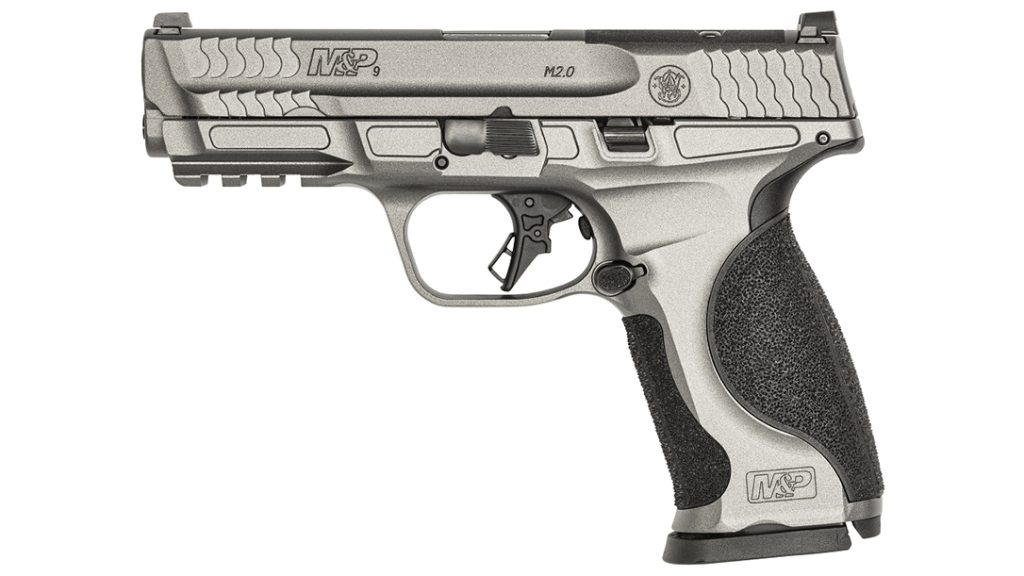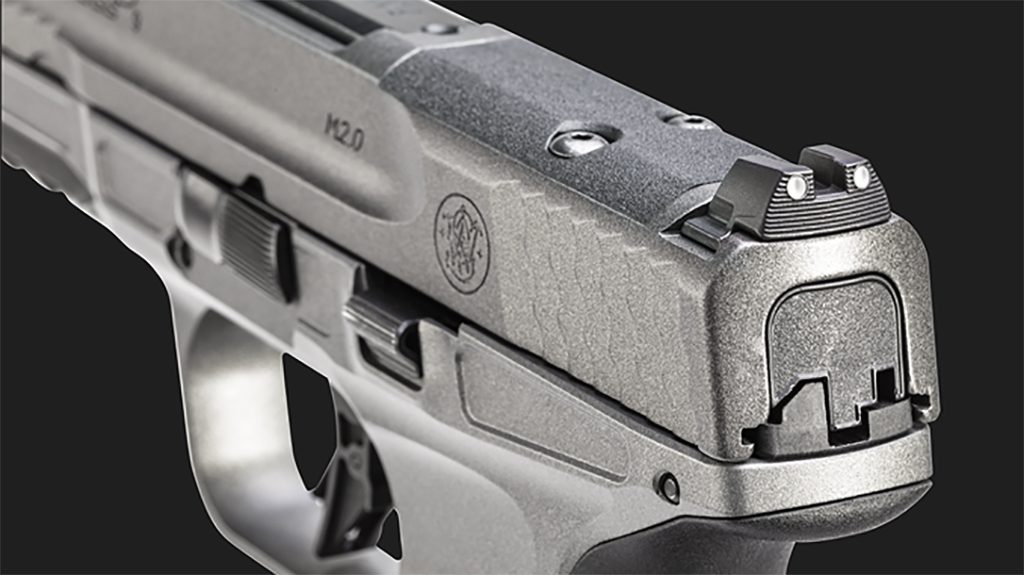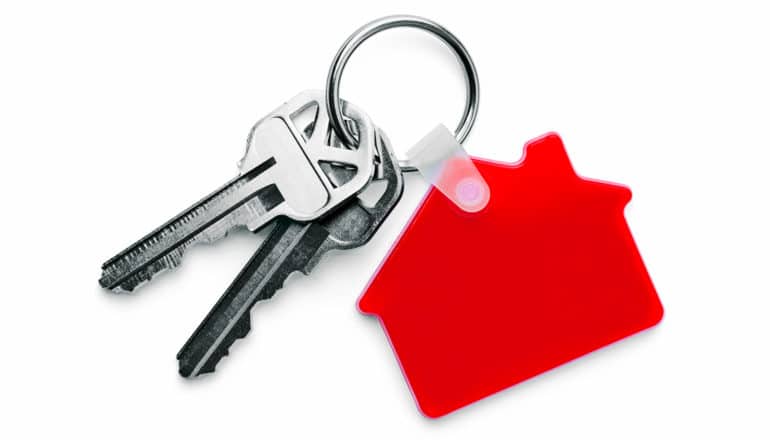Window functions in MySQL offer developers an efficient way to view and compare data across a result set. In this post we will talk about some basic window function syntax and usage.Planet MySQL
One million queries per second with MySQL
https://cdn.sanity.io/images/f1avhira/production/332c3f4b5b8dd2d0873d85a942e2c01be16addb1-2400×1348.pngDiscover how PlanetScale handles one million queries per second (QPS) with horizontal sharding in MySQL
Planet MySQL
BREAKING: Read this and the attached confidential documents from state AGs very carefully
https://media.notthebee.com/articles/631106aab07d2631106aab07d3.jpg
Ladies and gentlemen, what the absolute heck:
Not the Bee
People are adding Donald Trump’s face to photo frames at Hobby Lobby 💀
https://media.notthebee.com/articles/6310c6d1816736310c6d181674.jpg
God bless America.
Not the Bee
Laravel Senior Dev Job Requirements Review: Series of 5 Videos
http://img.youtube.com/vi/UaVezjguaP0/0.jpgThe series analyzes job descriptions for senior Laravel positions.Laravel News Links
Building r/place with Laravel and Vue in under an hour
http://img.youtube.com/vi/XSw5fFo0_pA/0.jpgI recreated the basic concept of Reddit’s r/place experiment using Laravel, Vue, a canvas element, and websockets for real-time interactivity.Laravel News Links
Replacing a plastic recoil pad on a shotgun
https://i2.wp.com/rifleshooter.com/wp-content/uploads/2022/08/Replace-a-plastic-recoil-pad-with-rubber-9-scaled.jpeg?fit=900%2C1200&ssl=1&w=640

Often old rifles and shotguns with have broken and cracked recoil pads and butt plates. In this post, I’m going to replace the plastic recoil plate on a side by side shotgun with a new rubber recoil pad. This is a fairly straight forward process. The only specialized tool I use for this conversion is a fixture that mounts to my belt grinder.
Before we get to work, let’s take a look at the following disclaimer…
The contents of Rifleshooter.com are produced for informational purposes only and should be performed by competent gunsmiths only. Rifleshooter.com and its authors, do not assume any responsibility, directly or indirectly for the safety of the readers attempting to follow any instructions or perform any of the tasks shown, or the use or misuse of any information contained herein, on this website.
Any modifications made to a firearm should be made by a licensed gunsmith. Failure to do so may void warranties and result in an unsafe firearm and may cause injury or death.
Modifications to a firearm may result in personal injury or death, cause the firearm to not function properly, or malfunction, and cause the firearm to become unsafe.
For this project, I ordered the following items from Brownells:

This is the recoil plate I am going to replace. It is an old plastic pad that was attached with two screws.

The grinding fixture needs to be matched to the stock. The front piece is secured with a screw. To adjust the fixture, I loosen the screw and adjust the top of the fixture and butt plate angle to match the stock.

I begin by attaching the replacement rubber recoil pad (this one was made by Pachmyer) to the stock with the screws that are provided. In this case, the pad had holes in the same location as the original pad. Once the pad is attached, I secure it and the stock with a rubber jawed vise and use a marking knife to trace the outline of the stock.

Once the outline is traced, I file some chalk over the pad and rub it. The chalk dust fills the outline. The pad is now attached to the grinding fixture.

I hang the fixture on the belt grinder and grinder over to the white line. I like to split the line in two for a precise fit. I’ve found belts in more coarse grits cut cleaner and faster than fine belts which tend to melt the pad.
Fitting new recoil pads can be tricky, but like most skills, with practice, becomes easier.
rifleshooter.com
There was an Alfredo sauce explosion all over I-55 when a truck crashed and yes, there’s video
https://media.notthebee.com/articles/630f7baaf0299630f7baaf029a.jpg
Out of Memphis:
Not the Bee
S&W M&P M2.0 Metal: Aluminum-Framed, Optics-Ready Carry Machine
https://cdn.athlonoutdoors.com/wp-content/uploads/sites/8/2022/08/MP-M2.0-Metal-Left.jpg
Smith & Wesson launched a really interesting update to the M&P line today. The S&W M&P M.20 Metal brings an aluminum-framed, optics-ready variant into the vaunted duty/carry pistol series. The T6 aluminum frame should spark loads of interest with shooters that prefer a lightweight, rigid metal frame over plastics.
S&W M&P M2.0 Metal Details
The M2.0 Metal features an 18-degree grip angle for point of aim, combined with four interchangeable palmswell grip inserts for a custom fit. A textured polymer front strap, wide slide stop and reversible magazine release adds familiar feel and controls.
Keeping with current trends, the M2.0 Metal comes pre-cut for slide-mounted optics. Meanwhile, a Picatinny rail forward of the trigger guard enables attachment of lights/lasers. Forward slide serrations, a low bore axis and M2.0 flat-face trigger blend an assortment of proven component choices.

Obviously, what’s cool here is the metal frame. But the pistol also sports an equally appealing Tungsten Gray Cerakote finish to the frame and stainless steel slide. Combined with the black accents of the controls and palmswells, and the M2.0 Metal delivers a really distinctive style and appearance.
More importantly, the 9mm pistol utilizes a 4.25-inch stainless steel barrel with an Armornite finish. The M2.0 Metal comes with a 17-round magazine, seated into a package that weighs just 30 ounces overall. The pistol rides in standard M&P9 holsters, and it also accepts and 17-round M2.0 magazine. Win-win all the way around.
Smith & Wesson is excited to introduce a new addition to the M&P family! Our new all Metal Pistol is chambered in 9MM has a 4.25in barrel, T6 Aluminum frame, M2.0 flat face trigger, wide slide stop, reversible magazine release, slide cut for optics and has the M&P’s patented take-down lever and sear deactivation systems to allow for disassembly without pulling the trigger!

The S&W M&P M2.0 Metal retails for $899. For even more info, please visit smith-wesson.com.
Smith & Wesson M&P M2.0 Metal
- Optimal 18-degree grip angle for natural point of aim
- Four interchangeable palmswell grip inserts for optimal hand fit and trigger reach – S, M, ML, L
- Textured polymer front strap
- Wide slide stop
- Reversible magazine release
- Slide cut for optics
- M2.0 flat face trigger for consistent finger placement that allows for more accurate and repeatable shooting
- Picatinny-style rail
- Forward slide serrations
- Low barrel bore axis makes the M&P pistol comfortable to shoot, reducing muzzle rise and allowing for faster aim recovery
- Enhanced sear for lighter, crisper trigger let-off
- Accurate 1 in 10 ̋ twist barrel
- M&P’s patented take-down lever and sear deactivation systems allow for disassembly without pulling the trigger
- Accepts any 17 round M2.0
 magazine
magazine - Comes with two 17-round magazines
- Fits standard M&P9 holster
Smith & Wesson M&P M2.0 Metal Specifications
- Model: M&P9 M2.0 METAL
- Caliber: 9mm Luger
- Overall Capacity: 17+1
- Optics: Yes
- Color: Two-Tone
- Safety: No Thumb Safety
- Overall Length: 7.4 inches
- Front Sight: Steel White Dot
- Rear Sight: Steel White 2-Dot
- Action: Striker-Fire
- Grip: Interchangeable Palmswell Inserts (4)
- Barrel Material: Stainless Steel with Armornite Finish
- Slide Material: Stainless Steel
- Frame Material: T6 Aluminum
- Slide Finish: Tungsten Gray Cerakote
- Frame Finish: Tungsten Gray Cerakote
- Barrel Twist: 1:10˝ RH
- Barrel Length: 4.25 inches
- Overall Weight: 30 ounces
Editor’s Take:
Yes, the polymer-framed, striker-fired 9mm pistol still reigns supreme. Nevertheless, interest remains for metal-framed semi-autos. It appears S&W put some thought into this approach, a nice blend of contemporary components and style. Optics-ready right out of the box, you can carry this bad boy on duty, shoot a match, or carry for defense. We will be especially interested how the Metal series builds out down the road, like a 5-inch competition model hopefully. In the meantime, stay tuned for a full range review coming real soon.
The post S&W M&P M2.0 Metal: Aluminum-Framed, Optics-Ready Carry Machine appeared first on Tactical Life Gun Magazine: Gun News and Gun Reviews.
Tactical Life Gun Magazine: Gun News and Gun Reviews
The problem with homeowners being more likely to vote
https://www.futurity.org/wp/wp-content/uploads/2022/08/home_ownership_voting_1600.jpg
Homeownership boosts voter turnout. But is that a good thing?
Buying a home is a cornerstone of the American Dream, and the US government has long encouraged it with generous subsidies. As far back as the early 20th century, defenders of this policy have argued that it fosters a contented middle class and an engaged electorate.
Indeed, it’s a truism of American politics that homeowners turn out to vote in higher numbers than people who rent their homes. It’s no surprise, then, that politicians tend to court their favor.
But is the link between homeownership and electoral participation one of causation or correlation? Does buying real estate cause a person to plod through the voter guide? Or could it be that those who are more likely to own a home—perhaps due to age, education, or other demographic factors—are simply more prone to vote?
This actually matters. For one thing, subsidizing homeownership to foster a healthy democracy makes sense only if it does so; otherwise, it’s a giveaway to those least in need. And on the flip side, if homeownership does prompt people to vote, that might suggest they’re driven partly by self-interest—specifically, the desire to boost their property values.
In that case, those voters will presumably favor things like restrictive zoning laws that exclude lower-income people and prevent new construction, thus making it harder for others to break into the housing market and worsening social inequalities.
To get to the bottom of this, Andrew B. Hall, a professor of political economy at Stanford Graduate School of Business, and Jesse Yoder collected two decades’ worth of election records on 18 million people in Ohio and North Carolina. Then they combined that with deed data to see if people’s behavior changed when they became homeowners.
The result? They found that buying a home really did cause people to vote substantially more in local elections—and the bump in turnout was almost twice as big when zoning issues were on the ballot. What’s more, the effect increased with the purchase price. The greater the asset value, the more likely people were to vote.
“Taken together, these findings strongly suggest that the increase in voting is driven, at least in part, by economic considerations,” Hall says. “People are clearly paying more attention and turning out in larger numbers to weigh in on policies that affect their investment.”
Their findings appear in the Journal of Politics.
Voting rates of homeowners and renters
The idea that voters are spurred by pecuniary motives might seem obvious in these disenchanted times. But it’s hardly in line with our ideals as a nation, nor is it universally accepted by scholars of politics or psychology.
For one thing, Hall points out, voting is costly. Researching the issues, watching debates, suffering doorstep canvassers, getting to the polling station on a workday, standing in line—it’s kind of a pain. (If it were fun, there’d be no distinction in sporting “I voted” buttons.)
And the kicker is that your effort has an infinitesimally tiny effect on the outcome. Don’t tell the kids, but no election is decided by one person’s vote. On a narrow, individual cost-benefit basis, voting is not a great value proposition.
Yet the fact remains that homeowners vote at higher rates than renters. A different theory, Hall says, is that both homeownership and voting rates reflect preexisting differences. People who own their homes are wealthier and more educated, and are therefore more likely to identify with social and governmental institutions—and less likely, perhaps, to be alienated and disengaged.
“Both of those stories are plausible,” Hall says, “and you can’t disentangle them with cross-sectional data. You need to look at individuals’ behavior over time.”
Also, although wealthy people vote more, it’s important to be clear that buying a home does not instantly raise someone’s net worth, so any immediate effect would not be driven by wealth. But does converting assets from cash or stocks to real estate increase one’s interest in local politics?
Apparently so. Using data on all registered voters and homeowners in Ohio, Hall and Yoder found that buying a home boosted an individual’s turnout rate in local general elections by 5 percentage points on average, to 31%. Since the baseline turnout rate in the sample was only 26%, that’s an almost 20% increase in propensity to vote.
The researchers then sliced up the data by home price and found that people with more expensive homes increased their turnout even more. The effect rose sharply as home prices increased, being more than twice as large in the top decile than in the bottom decile.
“This certainly suggests, though it doesn’t prove, that the increase in voting by homeowners is driven by economic self-interest,” Hall says, “because the motivation to protect and enhance an investment would naturally tend to increase with the value at stake.”
Why homeowners vote
The researchers next gathered data on local ballot initiatives in Ohio to see what kind of issues galvanized homeowners. Here, they found that the increase in turnout was greatest when zoning measures were being decided—the effect of home ownership on election turnout was nearly doubled in such cases.
Of course, the data doesn’t show how people voted, but it seems unlikely that they made a special effort to vote against their own interests. And that raises a troubling issue. “This tells us that encouraging homeownership doesn’t just incentivize people to vote,” Hall says, “it also likely changes how they vote and the kinds of policies they support.”
In particular, he says, buying a home may instill a preference for restrictive housing policies, and that may help explain the chronic housing shortage that has plagued the US for decades.
“We don’t have direct evidence of this in the paper, but the results are consistent with the story that homeowners capture the local political process and resist the building of more residences,” Hall says. “Depressing the local supply of homes raises prices, and it makes it harder for people to move to where there are economic opportunities.”
That reduces economic growth and deepens social inequalities by making it harder for low-income families to break into the housing market and accumulate wealth of their own. The interests of homeowners can also result in NIMBYism—resistance to public works and job-creating investments that might alter their neighborhood’s character or demographics.
Support for home ownership is deeply ingrained in American politics, partly because it’s believed to give people an investment in the democratic process. President George W. Bush made this explicit when he extolled the benefits of an “ownership society” in 2004. “When citizens become homeowners, they become stakeholders as well,” the White House declared.
But the ownership society contains a paradox: While the possession of property does encourage civic participation—as this study uses large-scale data to document for the first time—it may do so in a way that is ultimately self-limiting, by excluding those who failed to get in on the ground floor.
Source: Lee Simmons from Stanford University
The post The problem with homeowners being more likely to vote appeared first on Futurity.
Futurity